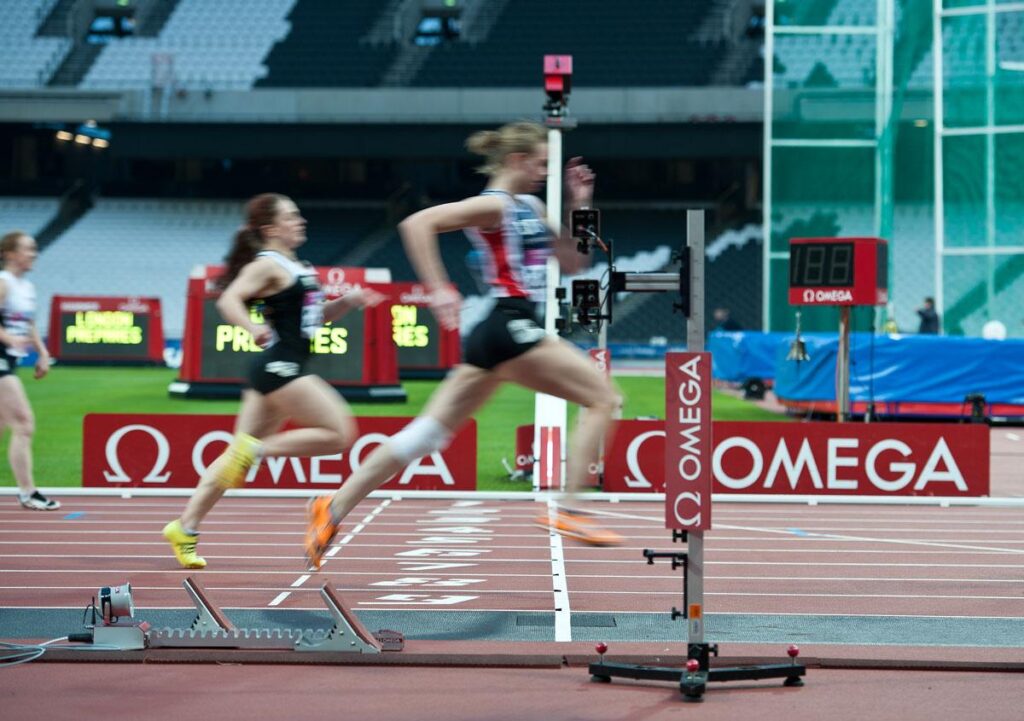In the high-stakes world of Olympic competition, every millisecond can define victory or defeat. Behind the dazzling displays of athletic prowess lies a sophisticated system designed to capture time with extraordinary precision. How exactly does Olympic timing work to ensure fairness and accuracy across a vast array of sports? This article delves into the cutting-edge technologies and meticulous processes that power the official timekeeping at the Olympic Games, revealing the complex interplay of innovation and human oversight that helps crown true champions.
Understanding the Precision Technology Behind Olympic Timing
At the heart of Olympic timing lies a sophisticated convergence of high-speed sensors, photoelectric cells, and laser technology. These devices work in unison to capture every fraction of a second with unparalleled accuracy, allowing officials to determine winners in events where milliseconds can define legacies. Modern systems utilize photofinish cameras that operate at thousands of frames per second, paired with transponders worn by athletes, ensuring that each movement is precisely logged from start to finish. This seamless integration removes human error from the equation, turning timing into an exact science.
Beyond hardware, software algorithms play a critical role in processing raw data instantaneously. The timing data undergoes rigorous validation, filtering out anomalies to maintain fairness across disciplines. Below is a snapshot of typical Olympic timing devices and their functions:
| Device | Function | Precision |
|---|---|---|
| Photofinish Camera | Captures finish line crossings | 1/1000th of a second |
| Start Sensors | Detects race start signal | 1/10,000th of a second |
| Athlete Transponders | Tracks position and timing | Real-time data streaming |
The Role of Photo Finish Cameras in Determining Winners
In elite competitions where fractions of a second can separate champions from runners-up, the precision offered by photo finish technology is indispensable. These high-speed cameras capture thousands of frames per second at the finish line, freezing every athlete’s final moments in sequence. Unlike the human eye or traditional stopwatches, the system generates a crystal-clear visual timeline, allowing officials to determine exact finishing orders with unparalleled accuracy. The images produced aren’t just snapshots-they provide detailed evidence that supports fair play and transparency in the awarding of medals.
Key features of modern photo finish cameras include:
- Capture rates exceeding 2,000 frames per second to minimize timing errors.
- Integration with electronic timing systems for instant result processing.
- High-resolution monochrome strips that record each athlete’s crossing point with millisecond precision.
| Feature | Benefit |
|---|---|
| High frame rate | Ensures accurate sequencing of finish order |
| Electronic synchronization | Links photo data with timing chips in real-time |
| Visual verification | Confirms results amid close finishes |
Expert Tips on Ensuring Accurate Timing in Competitive Sports
Precision in timing is paramount in competitive sports, where milliseconds can determine victory or defeat. Experts emphasize the critical role of electronic timing systems synchronized with high-speed cameras and pressure-sensitive touchpads. These technologies eliminate human error by capturing exact moments athletes cross finish lines or complete timed segments. Additionally, implementing redundant timing devices ensures data integrity-if one system fails, backups instantly take over, maintaining uninterrupted accuracy throughout events.
Key strategies for flawless timing include:
- Regular calibration of sensors and devices prior to competitions
- Integration of wireless communication to prevent signal delays
- Comprehensive training for operators to quickly identify anomalies
- Deployment of independent verification methods such as photo finishes and manual stopwatch cross-checks
| Timing Method | Accuracy | Common Usage |
|---|---|---|
| Electronic Touchpads | ¬Ī0.01 seconds | Swimming |
| Photo Finish Cameras | ¬Ī0.001 seconds | Track & Field |
| RFID Tags | ¬Ī0.05 seconds | Marathon & Cycling |
To Conclude
As the Olympic Games continue to push the boundaries of human performance, the precision and reliability of timing systems remain integral to the spirit of fair competition. Behind every record-breaking sprint and nail-biting finish lies a sophisticated network of technology and expert coordination, ensuring that every millisecond counts. Understanding how Olympic timing works not only highlights the remarkable advancements in sports technology but also underscores the commitment to accuracy that defines the modern Games. As spectators worldwide cheer on their champions, the invisible clockwork ticking at the heart of each event silently guarantees that victory is measured with uncompromising fairness.





